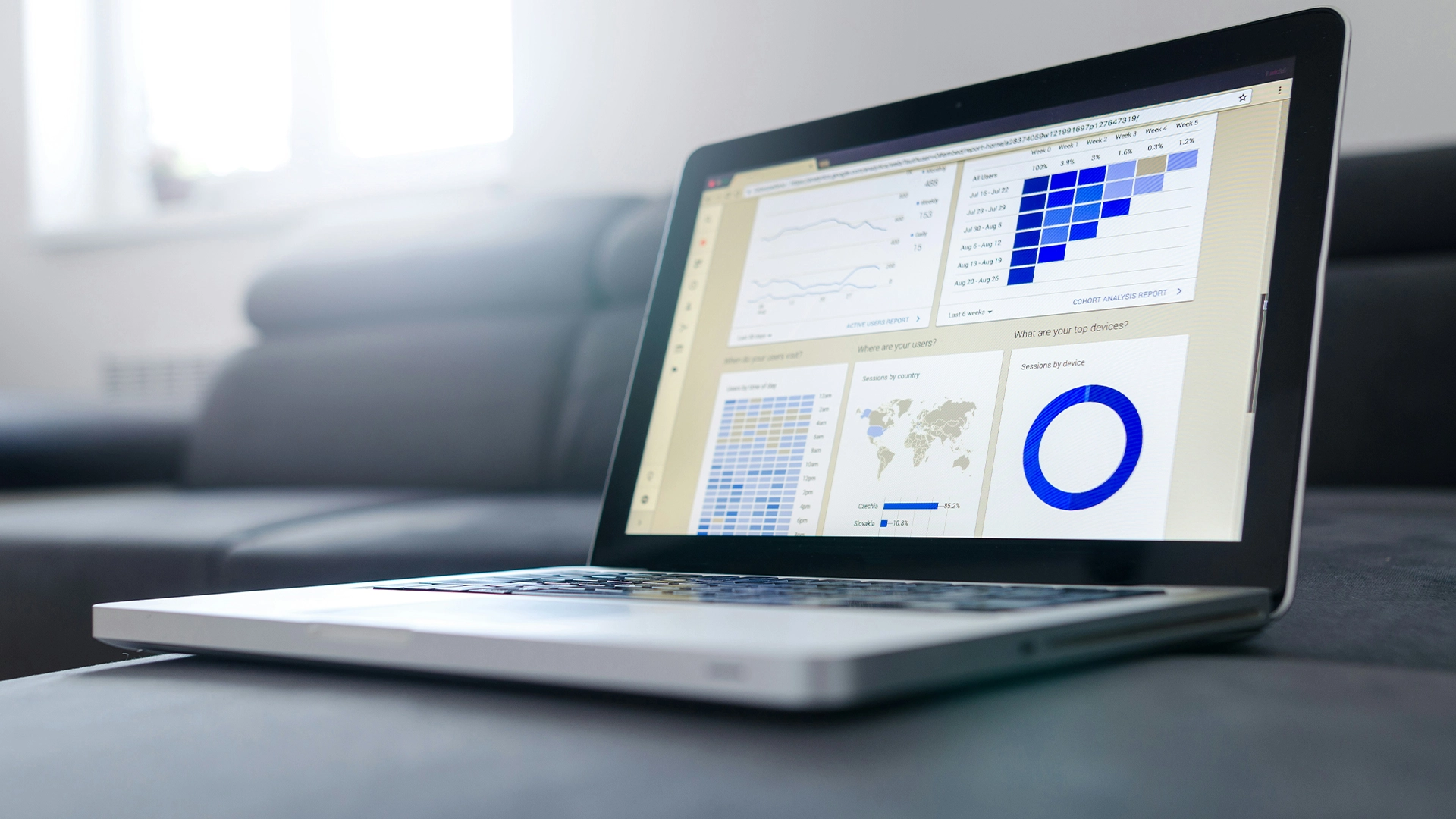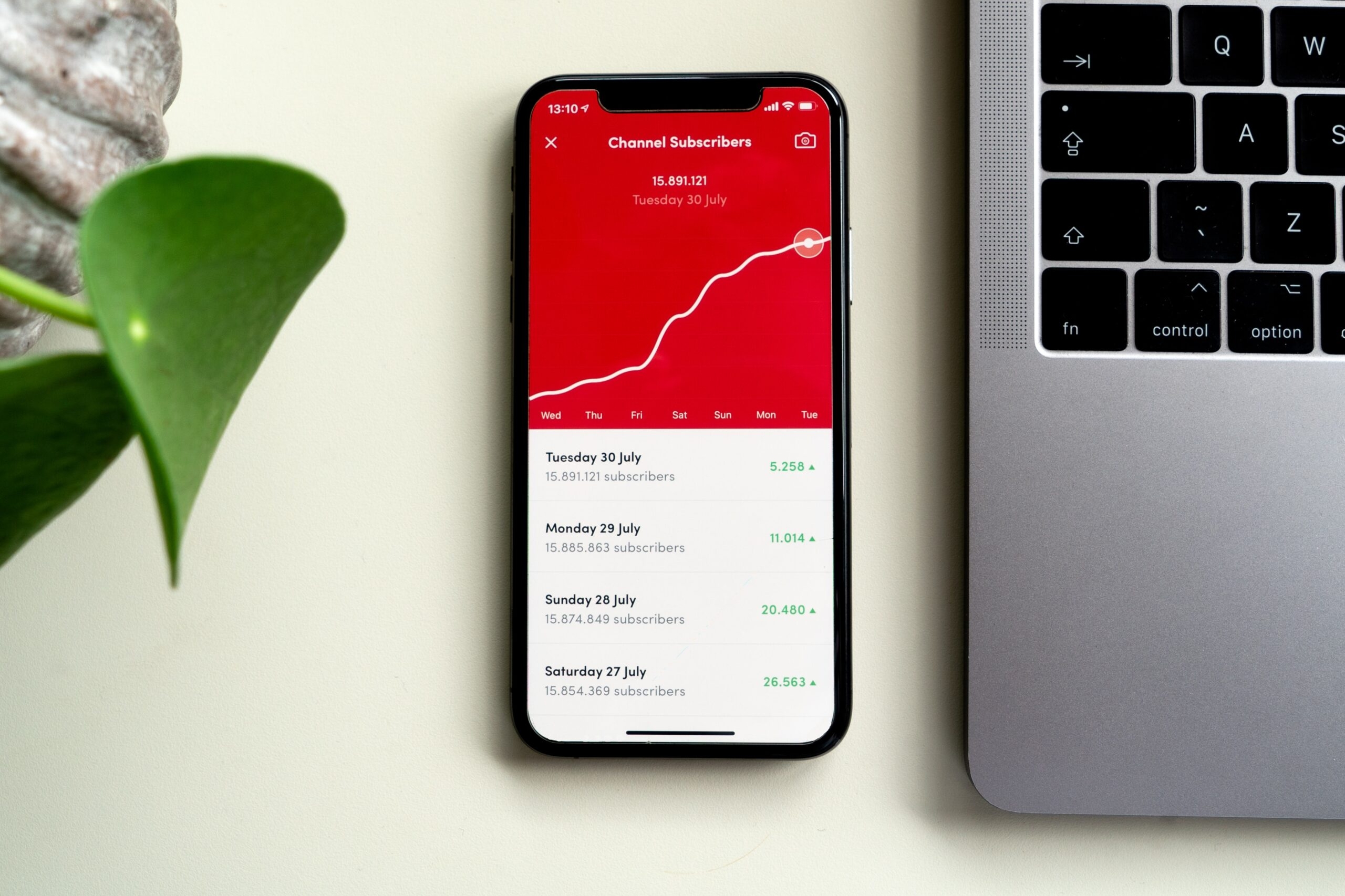9 Google Analytics Metrics You Should Be Tracking
In modern day marketing, data-driven decisions are important and are becoming more vital to the success of your marketing activities. Google Analytics is constantly evolving with the release of GA4, which provides a wealth of data about your website that can be harnessed to optimise marketing strategies, user experience and online content activity. Here are nine essential metrics every marketer be should tracking.
Around 28.1 million websites use Google Analytics.

1. Sessions
Sessions represent the total number of visits to your site from users across all of your pages and content. Example: When a user lands on your website, visits a few pages and then leaves, this constitutes as one session. If that same user comes back the next day and visits your site, that counts as another session.
Tracking sessions is crucial because it helps gauge the overall traffic volume and frequency of your content. By understanding session trends, marketers can use this information to evaluate the effectiveness of their activity when measuring aspects such as reach for a campaign.
For example, an increase in sessions after a new marketing campaign can help to indicate reach, successful outreach efforts and increased brand visibility. Measuring sessions helps uncover insights into how well marketing activities are driving traffic to your site.
2. Page Views
Page views are a metric used to track the total number of pages viewed across all of your users. This measurement is crucial for understanding which content resonates most with your audience by counting the volume of page views which can indicate the popularity of content.
By analysing pageviews, marketers can identify popular content and then optimise it for better engagement which can be measured through other metrics. High page views on specific pages might indicate valuable content that keeps visitors engaged and that brings visitors to your site. Knowing the most popular content on your site will enable marketers to create that same type of content more frequently.
3. Users
The term ‘users’ is a metric which shows the number of unique visitors to your site. This metric is important as it helps differentiate between new and returning visitors across all of your sessions within a given period, offering insights into the reach and retention of your audience. Tracking users can reveal how well your marketing efforts are doing at attracting new visitors and retaining existing ones.
4. Bounce Rate
The Bounce Rate measures the percentage of visitors who leave the site after viewing only one page and not engaging with any content. This metric has and contributes to be hugely important for marketers because a high bounce rate often signals that visitors are not finding what they need or that the page is too hard to navigate.
Marketers can use this insight to improve their content relevancy, user experience and site navigation to allow users to access the right information with ease. Reducing the bounce rate across your website can indicate better user retention, higher user engagement and longer time spent on page.
5. Pages Per Session
Pages per Session shows the average number of pages viewed during a single session. For example if your average page per session is 4 this means that on average every visitor to your site views 4 pages. This metric helps marketers to evaluate user engagement and general interest in the site’s content and design. A higher number of pages per session indicates that visitors are exploring more content across your site, which suggests that the site is effectively gaining your target audiences attention and enticing them to read more and explore your site.
6. Goal Completion
Goal Completions is the measurement used to track the number of times visitors complete a desired action (goal) such as filling out a form, making a purchase or interacting with CTAs across your site. Marketers can set custom goals based on their organisations preferences whether it be a button click, form fill or a sale.
This metric directly correlates with business outcomes, targets and ROI, making it an essential metric for measuring the effectiveness of marketing activity across your website. A high goal completion rate can indicate that your site is effective at driving your users to the desired locations of your site.

7. Conversion Rate
The Conversion Rate of a website is the percentage of visitors who complete a goal. So if every 3 out of 10 users complete a desired action across your site, your conversion rate will be 30%. This metric is vital for measuring the effectiveness of your marketing campaigns in driving desired actions and the usability of your site, in particular the areas of the site where conversions take place.
A higher conversion rate indicates that the marketing strategy you are deploying is successful in convincing visitors to take action and that the website is easy enough to navigate to allow them to do so.
However, the conversion rate can also be used as a tool to measure the effectiveness of your sites design and positioning of your CTAs. For example if your site gets loads of traffic, but a high bounce rate and low conversion rate on your key converting pages, it is likely that the problem lies in the sites usability.
8. Traffic Sources
Traffic Sources allow marketers to see where visitors come from in order to reach their site, such as organic search, paid ads, social media, referral links and even other sources such as email marketing and direct links.
Understanding different traffic sources and associated marketing activity is essential for allocating marketing budgets more effectively and generally measuring the effective of each area of your marketing. Traffic sources can also indicate the effectiveness of each source in driving traffic to your site. This allows marketers to optimise and refine their marketing activities, which can be measured by the overall amount of users being driven to the site through each source.
9. Exit Pages
Exit Pages indicate where visitors leave the site allowing marketers to view and highlight pages where users commonly leave. This can help identify key problem areas across your site which need attention. For example, if you find that 20% of your users frequently leave on a specific page across your site, you can then evaluate the page to identify potential usability issues and rectify them to reduce the amount of users that leave on that page. This helps to improve the overall retention of users site wide and keep users on your site for longer.
More interesting content...
Like this story? Share it on your social media...
For more of the latest content, why not subscribe to our mailing list...






